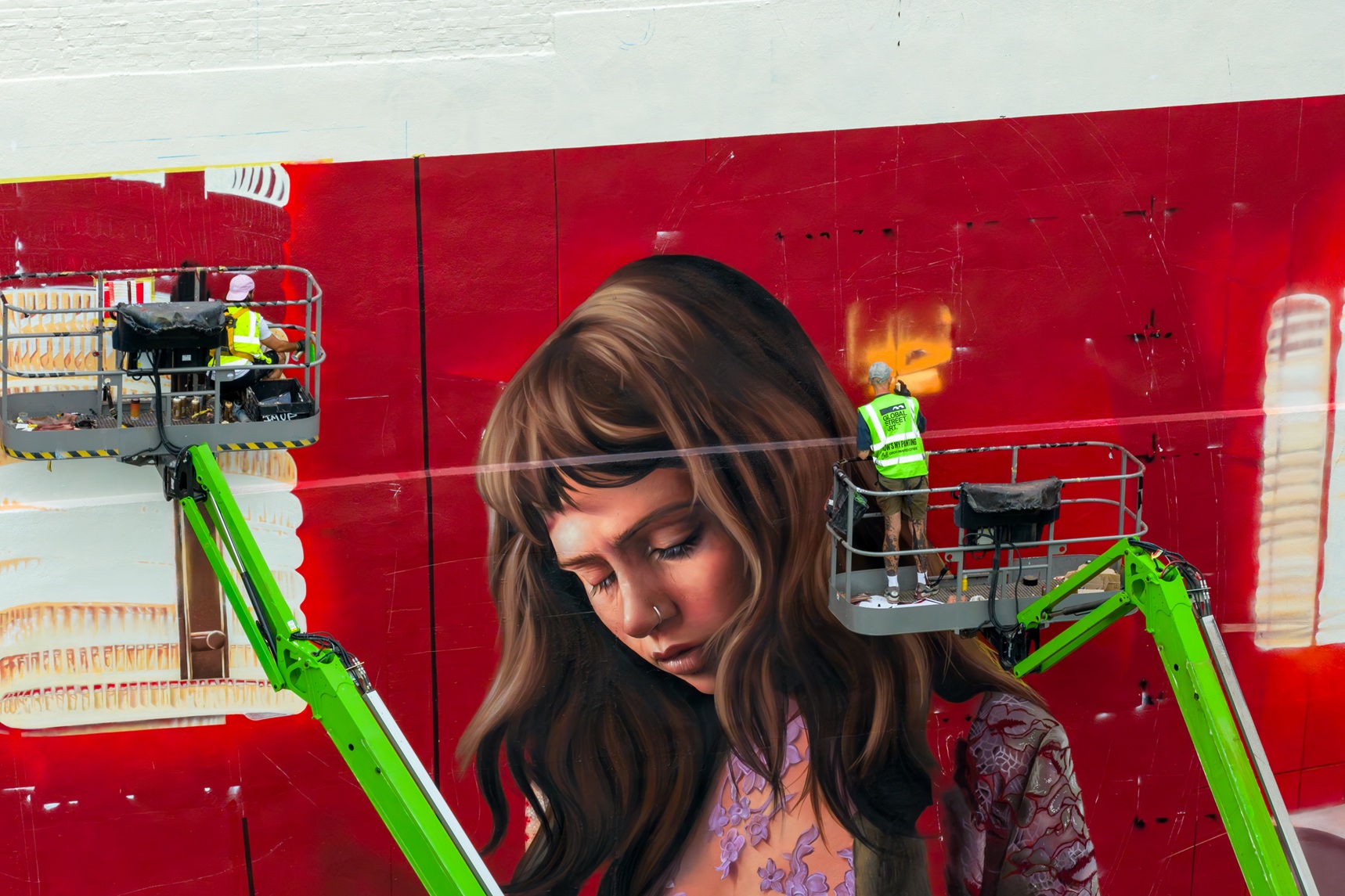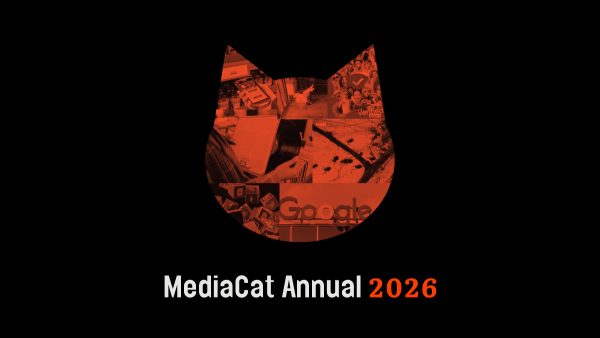Each December Victoria Gerstman gives us her cultural predictions for the year ahead, things marketing and business leaders need to know when planning. For context, you can also see her past cultural shift pieces: shifts to watch in 2022, shifts to watch in 2023 and shifts to watch in 2024.
There’s no single master shift in culture that dictates the year ahead. Like a butterfly effect or seismic shock waves, one cultural moment can spawn many different responses. Below, five top examples to watch out for as we move into 2025.
From amateur trend-spotting to pop culture as a spectator sport
With the mainstreaming of the means of production — i.e. data, opinions, and a platform — it’s open season on trend spotting. Quietly brewing for years, for a time it looked like the incessant identification, naming, and rapid-fire analysis of micro-moments would ultimately lead to the death of trends, or at least to the word ‘trend’ losing its meaning.
In 2024, however, amateur trend-spotting formalised and got serious. We can expect trend spotting to continue to get serious in 2025, with newer and increased ways for people to monetise their affinity for pop culture, and their ability to interpret data. Accounts like Style Analytics combine search data with socio-economic trend data to draw conclusions about the links between fashion trends and global events.

The legalisation of sports betting in the US has resulted in new opportunities for Americans to put their money behind their pop culture predictions. Sites like Polymarket letting people wager on pop culture topics like Wicked’s opening weekend ticket sales.
2. From sincerity signalling to craving candour
Speaking of Wicked, much of 2024 saw a prolonged and sustained promotional campaign for the film. Excitement over the film’s release was undeniable, but as the campaign ground on it started to provoke eye-rolling over the perceived over-sincerity of its two leads.
The faux-earnest overload echoed a similar but slightly different type of promo tour backlash from earlier in 2024, when Blake Lively was criticised for false, potentially dangerous positivity in promoting her film It Ends With Us. Distaste for overblown earnestness and faux positivity bespeaks a shift to watch for in 2025 — the eschewing of sincerity signalling in favour of candour.
This shift is already bearing out in the way some celebrities are pushing back on the expectation that they be peerless role models, and being met with support. See, for example, Chappell Roan’s insistence that ‘women don’t owe you shit,’ alongside her August 2024 request for respect and boundaries. Multiple artists and celebrities have been outspoken in their support of Roan and her standpoint, including Sabrina Carpenter, Charli XCX, and Hayley Williams. In 2025, we can expect to see over-the-top sincerity phased out in favour of directness and honesty.
3. From quiet times to more is MORE
Remember the ‘quiet’ movements of 2023/2024? Quiet luxury, quiet quitting, quiet vacationing, etc? Hold on tight, because 2025 is set to be LOUD. In fashion and design we are already seeing a full-throttle return to maximalism, with the embrace of gold and gilt, prints, mixed textures and patterns, and bold colours. In 2024 people embraced any excuse to dress up, from celebrity method dressing, to year-round fancy dress, whether at the Eras Tour or the cinema.
In 2025, expect to see this translate further into the way we spend our leisure time, with the continued rise of all-in, real world and hybrid experiences that throw everything at audiences, forcing attention and, crucially, getting people to put down their phones. Unlike the ubiquitous made-for-content ‘museums’ of the last decade, the new breed of more-is-more experiences are designed for intense in-the-moment immersion, rather than content capture.
Netflix is set to unveil Netflix House locations in 2025, permanent mall-esque venues based on Netflix content
Cosm creates ‘shared reality’ viewing experiences at custom venues, broadcasting live events using larger-than-life repurposed planetarium technology.
4. From youth saviours to kids should be kids
In recent years, discourse surrounding Gen Alpha (born between 2010 and 2025) has gotten louder. Alphas have been praised for their abilities to mobilise and make a difference, and have even been positioned as the saviours of our uncertain future. In 2024, we started to wonder how realistic or sensible it was to pin hopes for the future on young kids, and what this might do to their anxiety levels.
Now, the pendulum is shifting hard in the other direction, with an onslaught of concern over kids not being kids anymore. As we move into 2025, we can anticipate additional efforts to help kids be kids, for better or worse.
Australia has passed a bill promising to prevent social media use for under 16s, effective from 2025. And in the UK, as of December 2024, temporary measures to ban puberty blockers became permanent legislation.
‘Dumbphones‘ will be joined by other types of tech designed to curb digital dangers, like SEGA’s emojam pager, which sends emoji-only messages to a limited number of pre-set contacts

The in-person startup The Den (UK) aims to get teenagers back together in person, recreating the lost third spaces of teens in the ’90s and ’00s.
5. From staking a claim to ownership in flux
Ownership seems to be an increasingly fluid concept. As predicted, co-creation is no longer a novelty but now the norm. Resale sites and apps have become mainstream, designed to let anyone participate in circular economies. Concepts like owning a home or setting aside money for a secure retirement are also increasingly challenged.
Reporting about people buying homes with siblings or friends suggests that ownership goals haven’t necessarily changed, but that the models we turn to for achieving them must evolve.
In 2025, look out for ideas of ownership to continue to shift and change, as existing models buckle under pressure. In London, Library of Things is a locker-based service for temporary hire of high-price tag, seldom used tools and other items.
AI-powered music platforms call ultimate ownership into question and challenge perceptions of musical genius. Landr allows for easy collaboration between multiple artists and provides royalty-free samples, while Amadeus serves more as a collaborative, machine-assisted inspiration tool.
Featured image: Sega emojam pager





















